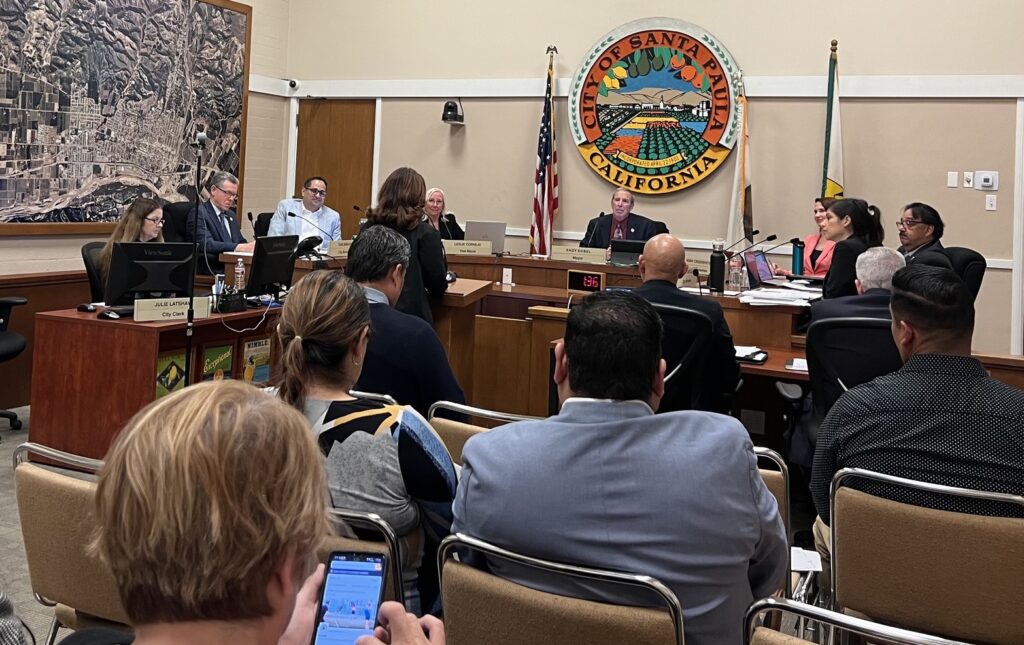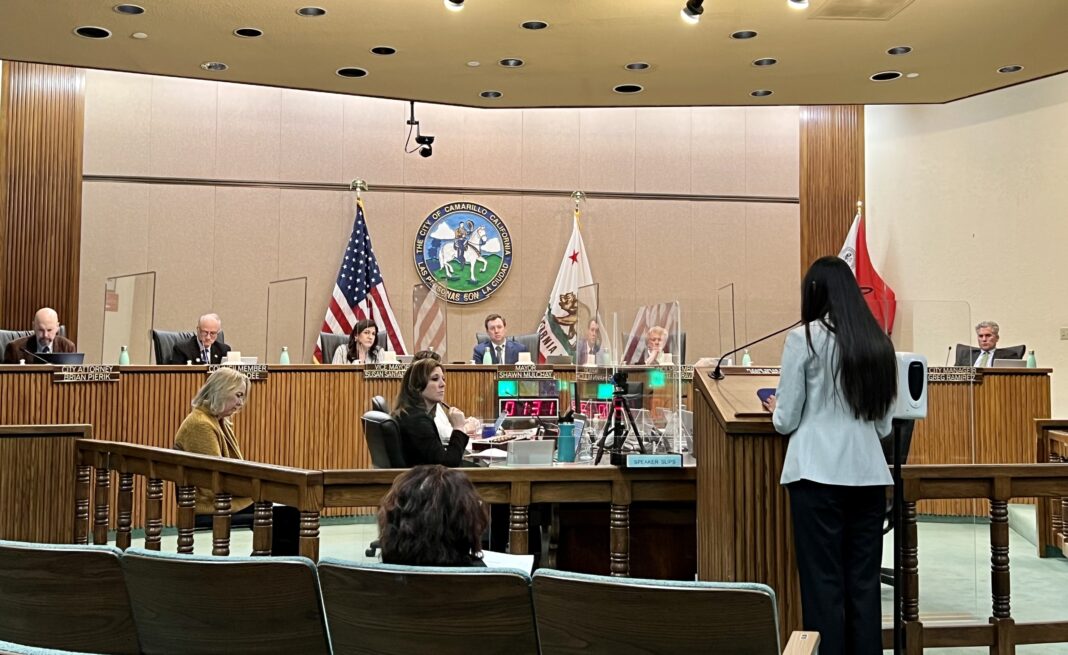This guide to influencing elected officials can lead to environmental wins.
In the summer of 2023, the city of Santa Paula, Calif., was deciding on a measure that would implement Community Choice Energy, a system that allows local governments to purchase their own energy supply. At the encouragement of her teacher, a student named Daisy Zappola spoke at the meeting about her own experiences with wildfires and poor air quality as a result of the climate crisis, and the need for a transition to clean energy.

City council members smiled as the student spoke, and one was almost moved to tears. The council voted four to one in favor of the bill, with one council member stating what an impact Daisy’s story had.
It’s easy to feel like a helpless bystander when it comes to climate policy. But the reality is that community members can shape the decisions elected officials make, particularly on a local level, simply by sharing stories about their personal experiences.
Have Patience With the System
Change is not always immediate. Kathi King, director of climate education and leadership at Santa Barbara’s Community Environmental Council (CEC), has been advocating for single-use plastics reduction for decades. It all started with a class project for an environmental studies course she was taking at Santa Barbara City College in the early 2000s, in which the students attended public meetings in support of a plastic bag ban.
Little did Kathi know she would be showing up persistently to public meetings for six years before a ban was passed. In the end, the process taught her not only the power of persistence, but the importance of voting in local elections: It was the election of one council member that ultimately tipped the scales in favor of a plastic bag ban.
Attending Public Meetings
Anyone can participate in a public meeting, whether you are a part of a local organization or are simply a concerned citizen. Here’s some basic information to get you started:
In California, you can expect groups like the city council or county board of supervisors to be presiding over meetings, depending on the subject matter. These are the officials closest to the community. Other states may organize their legislative bodies a bit differently. For example, Washington state has council members and county commissioners. Public meetings are often held at city hall or another government or local building big enough for the expected crowd.
How to prepare: Review the agenda before attending a meeting to see which items will be discussed. The CEC provides a Public Meeting Directory where you can find agendas and other information about meetings in California. Some cities post their agendas outside the entrance or inside near the entrance of City Hall. Many cities offer the options to subscribe and receive agendas via email before meetings.
How to attend and be heard: In addition to attending the meeting in person, there may be options for attending over Zoom or emailing your public comments. This information will all be on the agenda. Some agendas will also tell you how to request accessibility services. Some cities offer information about requesting interpretation services.
When you arrive at a meeting, you’ll find public comment cards on a desk near the entrance. Fill the card out and hand it to the City Clerk. The card might tell you how much time you’ll have to deliver your comment — usually two to three minutes. Otherwise this information will be on the agenda. When it’s your turn to speak, your name will be called. Walk up to the podium and deliver your comment.
Tips for Giving an Effective Comment
- During your comment, try to make it as personal as possible.
- State who you are, any organizational affiliation if relevant, which neighborhood or district you live in, and share a story about an experience you have had that relates to the issue.
- Demonstrating the personal effects of a climate policy will help the legislative officials make an informed decision to best benefit the community.
- A comment needs to address a specific action item on the agenda. There is another period during the meetings for general comments, where you can raise awareness about an issue that may not be on the agenda.
- If you’re part of a coalition or group speaking at a public meeting, Kathi King says, “You want to strategize your public comment, so you’re not all saying the same thing, because I’ve seen eyes glaze over listening to repetitive comments.”
- Bring friends, family, or other activists to support you if you’re nervous. It may be daunting to stand in front of a room of legislators and share a personal story.
- Speak slowly and stay on topic. Practice giving your comment, so you can deliver it comfortably in the allotted time.
- When you’re done, you can thank everyone for their attention and either leave or stay for the rest of the meeting. After deliberations, which may not be during the meeting, the officials will vote on the item.
Become an Activist
If you are a resident of Santa Barbara, San Luis Obispo, or Ventura Counties, you can sign up to become a CEC climate activist, and join the organization to comment at public meetings and send emails to elected officials.


